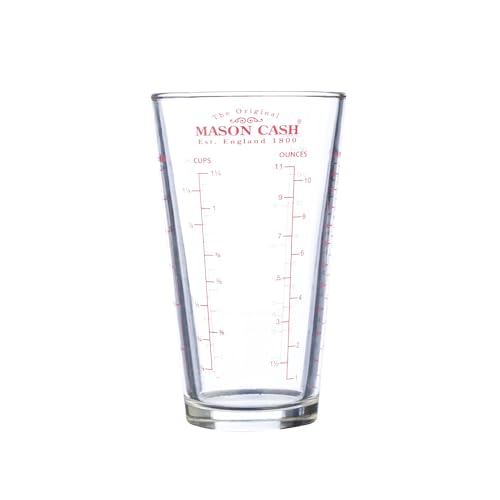The Basics of Measuring Glasses
Measuring glasses are a common kitchen tool used for accurately measuring liquid ingredients. They come in two different forms: graduated and non-graduated. The primary difference between the two is that graduated measuring glasses have lines etched on the side that indicate the volume of liquid measured, while non-graduated glasses do not.
Graduated Measuring Glasses
Graduated measuring glasses have lines etched on the side that indicate the volume of liquid measured. These lines can be in either metric or imperial units, or both. For example, a typical graduated measuring glass may have volume lines in milliliters and fluid ounces.
Graduated measuring glasses typically come in set sizes, such as 1 cup, 2 cups, or 4 cups. They are made of either glass or plastic and are widely available for purchase in stores or online.
Non-Graduated Measuring Glasses
Non-graduated measuring glasses, on the other hand, do not have volume lines etched on the side. They are typically marked with either the capacity of the glass or the corresponding measurement in tablespoons, teaspoons, or ounces. Non-graduated measuring glasses are generally smaller than graduated measuring glasses and are used for measuring small amounts of liquid ingredients, such as vanilla extract or lemon juice.
Which One to Use?
The choice between a graduated and non-graduated measuring glass ultimately comes down to personal preference and the type of recipe being made. For recipes that require precise measurements, a graduated measuring glass is the better choice. However, for recipes that allow for some flexibility in measurements, a non-graduated measuring glass may be sufficient.
Care and Maintenance
To ensure accurate measurements, it is important to care for and maintain measuring glasses properly. Graduated measuring glasses should be cleaned with a soft-bristled brush or sponge to prevent scratches on the lines, while non-graduated measuring glasses can be cleaned with a standard dishwasher or hand-washed with soap and water. Both types of measuring glasses should be stored in a dry, cool place and replaced if they become cracked or chipped.






